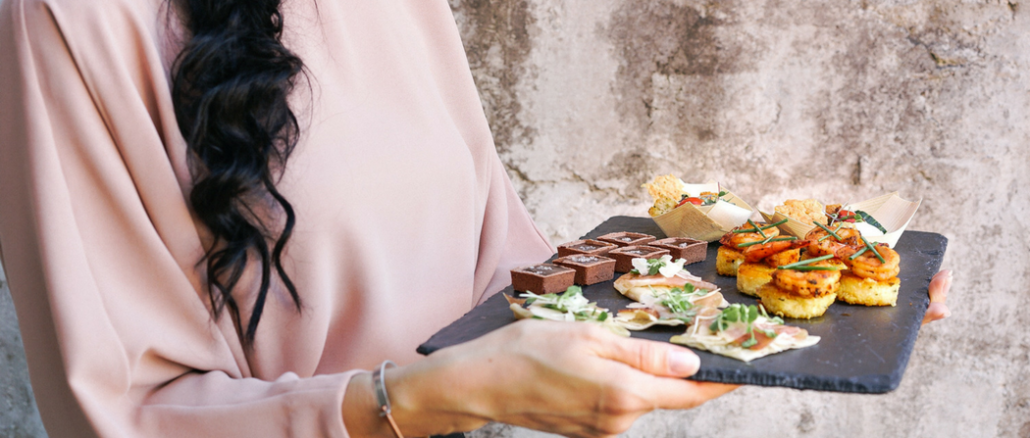
As an event planner it is your job to ensure that weddings, graduations, family reunions, corporate functions, and other sorts of group activities go well. For each event you will spend most of your time making sure the trains run on time—that is, enforcing the execution of the plan that you have planned and that has been agreed to by your client.
Food is a vital component in the vast majority of the events that you shape and oversee. People who assemble for celebrations and gatherings cannot do without food and drink. It is a natural lubricant that makes everyone feel good, satisfied, and much more sociable than they otherwise would be. Getting the logistics of an event right is a matter of being organized. Getting the food right is a matter of having good tastes.
Here, the word tastes must be understood in its broader meaning: the right thing in the right amount at the right time. To be sure, your clients will have the final say on the activities and the menu that you plan. However, it is no doubt clear to you by now that they will take all the credit if things go as they should, and you will get all the blame if the night does not turn out a success.
As an event planner, you do not expect or require public acclamation for things going well. Your aim is to build a brand and a reputation for delivering excellent events. You want a reference, and you can only get one if you make the right decisions regarding the caterers and the form and kind of food to be served at the events you plan.
The first thing to consider when planning the food for an event is its nature. If you are planning a corporate function, for example, you must discern whether people are meant to socialize, circulate, or network or to listen to a succession of speeches. For the latter you should advise light, tray-served finger foods in the beginning and glasses of wine, beer, and soft drinks; this to be followed by a sit down meal followed by dessert and coffee during the main event.
If the event is strictly social, and there is no discernable formal segment in the evening, light finger foods followed by heavier tray-served dishes is in order. That will ensure that people can get their fill of food and drink without worrying about sitting at a table.
This way of thinking can be applied to other events. If you have been hired to do a wedding, you must know whether you are dealing with a formal reception, with the traditional head table and speeches, or a much more innovative and informal affair. In many cases, your clients will rely heavily on your judgment. They just want to ensure that everyone has a great time and enjoys being there.
Getting a feel for the purpose and proposed atmosphere of the event is a necessary first step in determining the kind of catering to be done.
SheSociety is a site for the women of Australia to share our stories, our experiences, shared learnings and opportunities to connect.

Leave a Reply